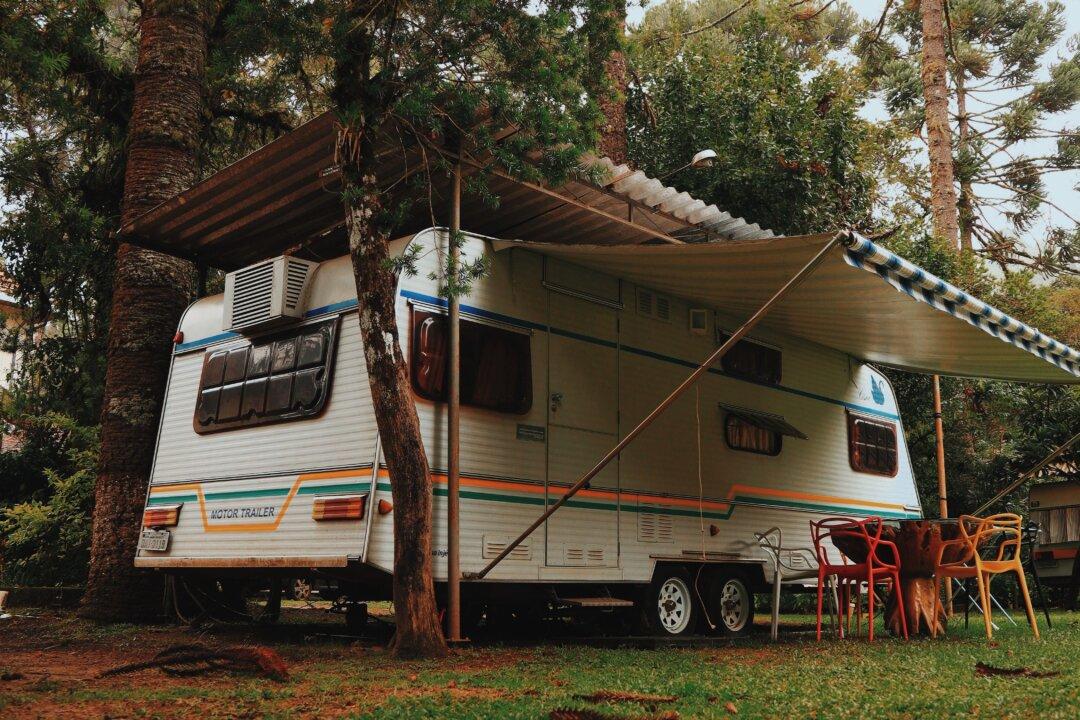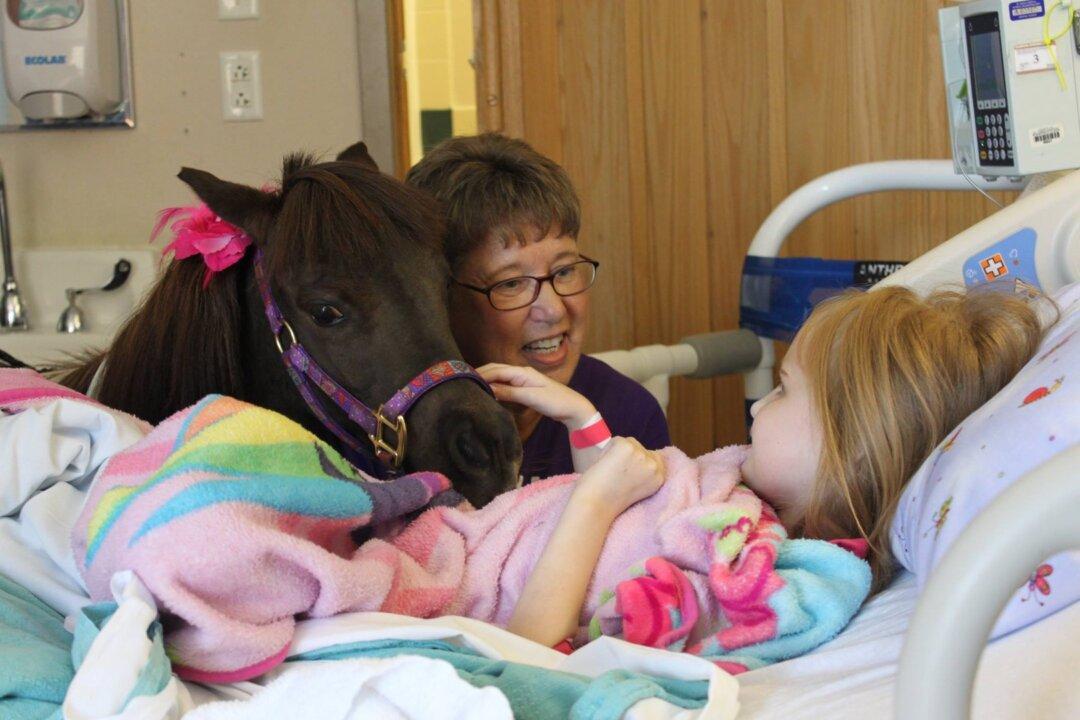Ever since the pandemic struck, more and more people are finding ways to have a better work/life balance. A recent trend has been to radically change the way they have been living, by downsizing and moving into a recreational vehicle, camper or tiny home modified truck or van.
Whether you were living in a large city, sprawling suburb or even rural America on a farm or ranch, the pandemic gave many an opportunity to change their lives and having lived for a bit like this, they have decided to continue. According to the RV Industry Association, there are about a million Americans living full time in recreational vehicles.





